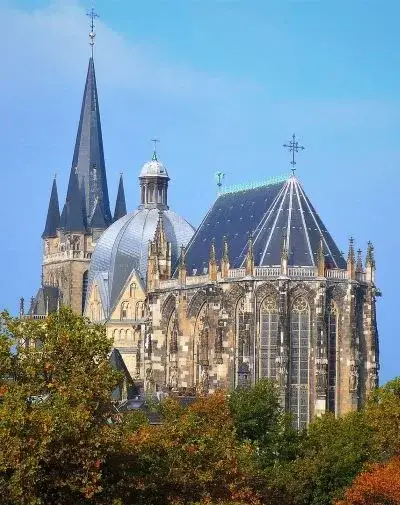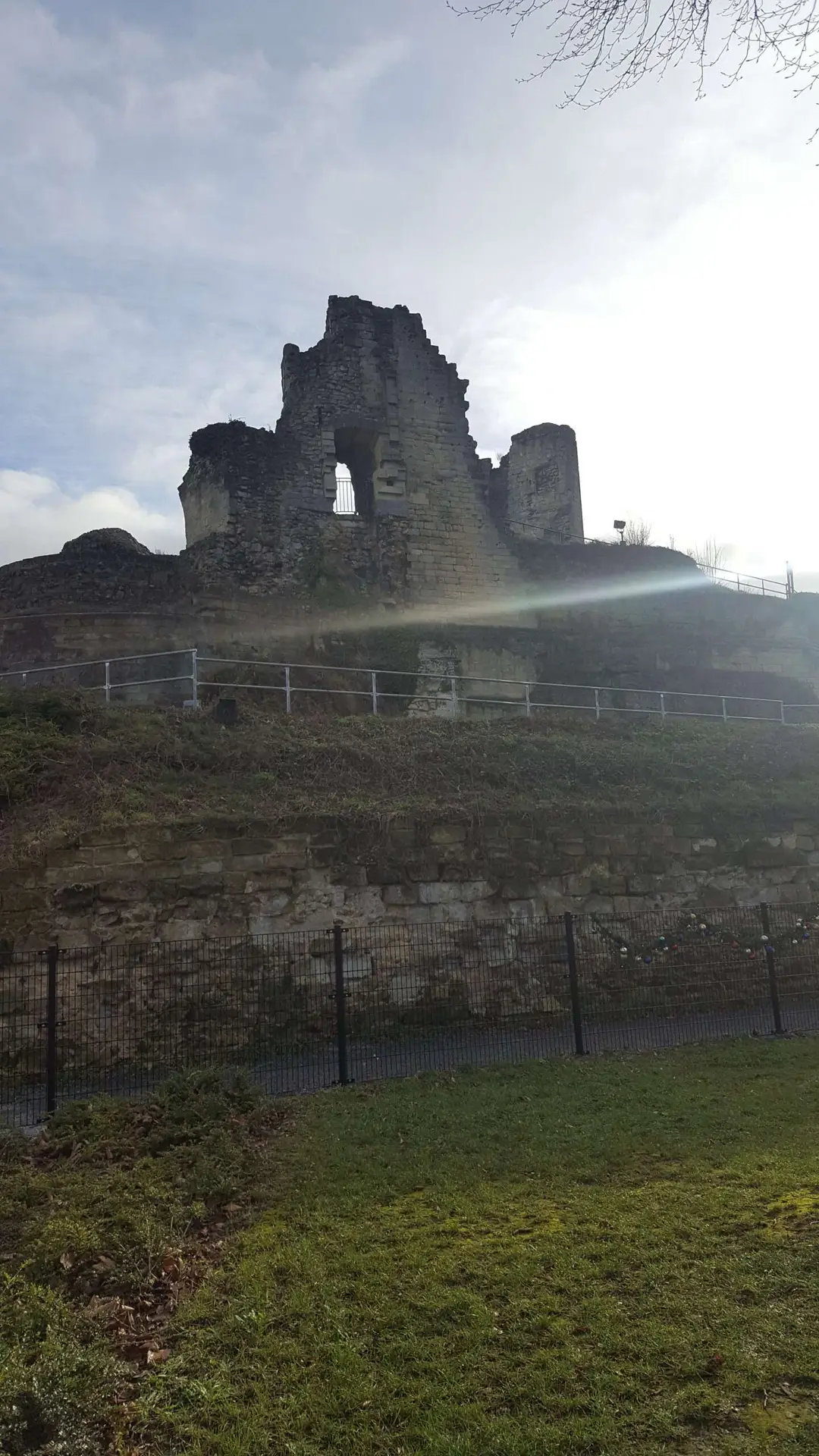-

Netherlands, Belgium and Germany – Part 3
•
Aachen, Germany Let’s head out on our next day trip and take the 30 minute drive to Aachen, Germany. Our first stop and primary destination is Aachener Dom. Aachener Dom is the first cathedral we visited and also the first cathedral in northern Europe. Built by the Emperor Charlemagne beginning…
-

First Trip to Europe Netherlands, Belgium and Germany – Part 2
•
After visiting Valkenburg, we continued to my brother’s house and got a good night’s sleep. The next morning it was time for a road trip. We started off by taking a 15 minute ride to the small city of Sittard. Our first stop was an ATM machine. When traveling to…
-

Our first trip to Europe! Netherlands, Belgium and Germany
•
Several factors influenced our decision to take that first trip to Europe. My brother was living and working in The Netherlands, and invited us to come visit. We had always wanted to travel the world, and our youngest child had just moved out of our house, leaving us as “empty…